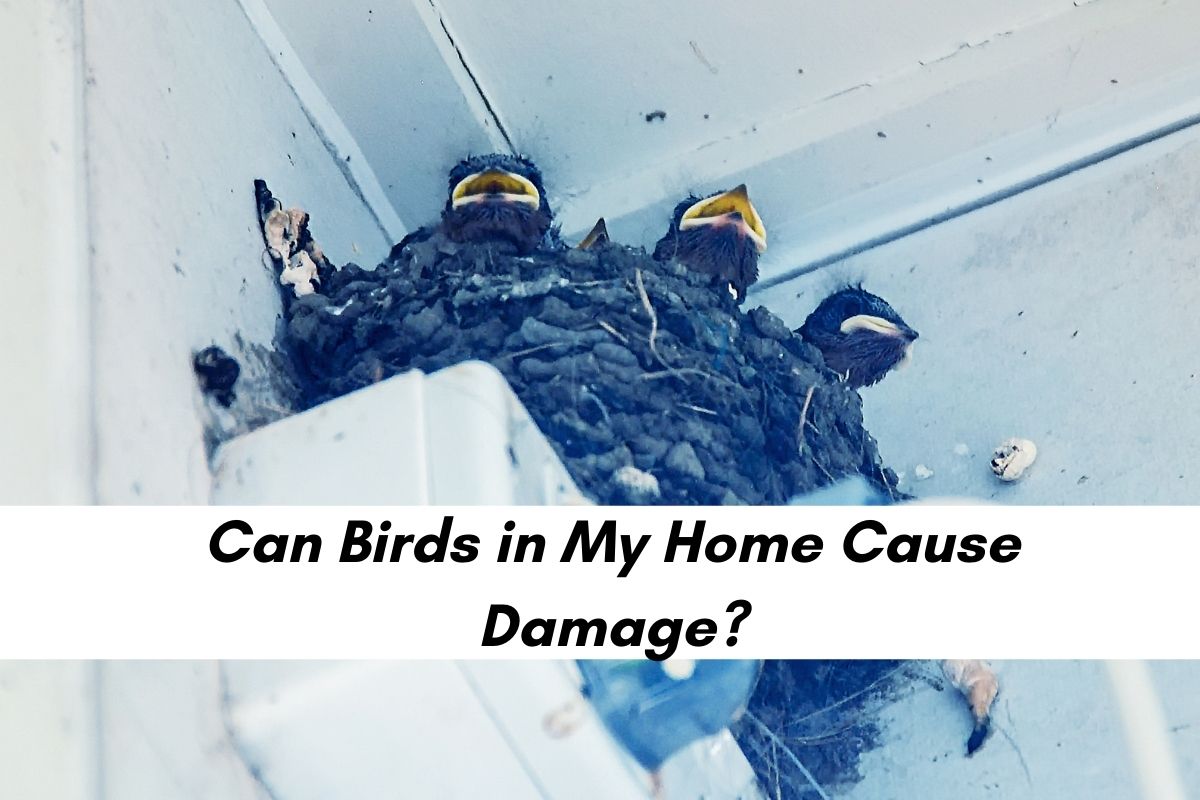
A Brief History of Animal-Human Disease Transmission
- Posted by JoeyO
- On April 9, 2020
- 0 Comments
Of all causes of death and mayhem throughout human beings’ time on this planet, none has killed us quicker or in as large numbers as disease — and pests have always played a major part in spreading them. That is not a comforting thing to hear during a pandemic like we are experiencing with COVID-19, but we can be thankful that we live in a time with better public health, better public information and better pest control.
When European diseases were introduced to Native Americans, historians estimate up to 95% of their population disappeared forever. When the black plague spread across Europe, between 30% and 60% of people on the continent were taken as well.
Our immune systems are generally guarded against diseases that have been in our local area for generations, but when a new disease pops up somewhere in the world, if it spreads to our home, we are unlikely to have natural defenses against it. Often these diseases are from human-to-human contact, but other times, they are from animal-to-human contact. Here are a few times in history when animals have been suspected of contributing to a deadly pandemic.
The Bubonic plague (or black plague)
As mentioned earlier, the black plague killed up to 60% of Europe in a short time. The disease hit Europe in the mid 1300s and likely came from east Asia, according to historians. The way it spread across Europe was by fleas carried by rats.
Malaria
The death toll from malaria is too high to count over thousands of years of human infections, and it still kills about a million people a year. Much of this death comes from tropical areas with uncontrolled mosquito populations. The disease is spread by these mosquitoes, and without protection from the flying, silent killers, people easily get sick and die. This is especially common in Africa, Southeast Asia and other less-developed areas with warm, moist climates.
COVID-19, SARS, Avian flu
These are all separate viral diseases, but they all seem to have a common source — Chinese “wet markets.” These wet markets are places where disease can spread because they hold live animals in cages, slaughter them on site, and the diseases from various species are transferred to others through the blood and close contact. As the diseases spread from animal to animal, they sometimes also spread from animal to human, leading to new infections that people do not have immunity to. Coronaviruses, like COVID-19, often are present in bats at wet markets, which are sold as a delicacy.
How wildlife management can help guard against disease
As you may have guessed, if close contact with disease-carrying animals spreads pathogens, then preventing this contact can go a long way in preventing disease.
For insects known to carry disease, like mosquitoes, ticks and fleas, pest control companies can eliminate colonies, breeding areas and access to living space by spraying at strategic times and places. For small mammals that carry disease, like rats, bats and raccoons, trapping, poisons and other methods can eliminate these from a home or business.
Have problem pests on your property? Call Critter Control
Critter Control of the Triad serves Forsyth, Alamance and Guilford counties. We are experienced in eliminating disease-carrying pests from your property quickly and entirely. Call (336) 370-0445 to talk more about how we can help.











